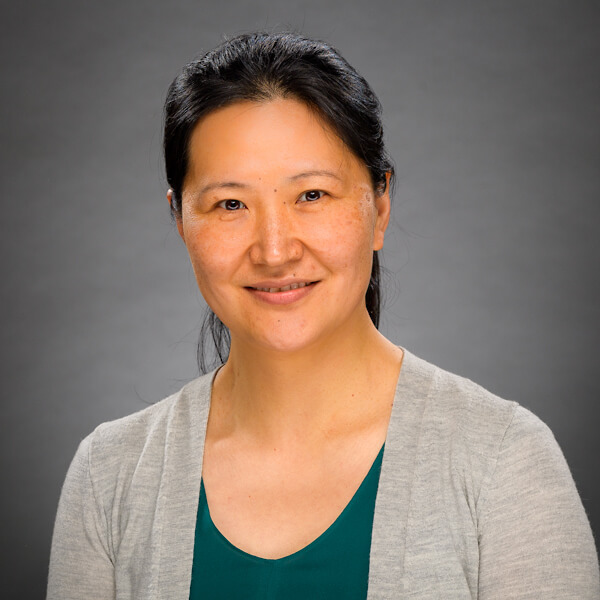Collection
The Applications of Nighttime Lights in Population Studies
- Submission status
- Open
- Open for submission from
- 01 June 2022
- Submission deadline
- Ongoing
Spatial Demography is soliciting manuscripts for a topical collection entitled “The Applications of Nighttime Lights in Population Studies”.
Satellite-based nighttime light (NTL) measures provide useful information for demographic studies differing from conventional survey-based demographic data. Since the early 2000s, multiple NTL measures have become available to the public. As a result, these data have gained popularity in economics and geography studies. Some of these studies focused on demographic processes, such as using NTL to estimate population size and density. Because NTL data is measured and stored in fine resolution pixels (15 arc-second grid cell) for the entire globe, scholars can aggregate the data to the different spatial or political-administrative levels. This allows them to explore spatial patterns and explain the importance of place or space in the topics of their interest. This special issue will highlight the potential use of NTL data in various areas of population studies and spatial methods or modeling.
We seek manuscripts that apply NTL data to understand demographic processes, including fertility, mortality, migration, urbanization, and population projection, etc. We also consider topics that focus on the relationship between NTL and human development indicators, such as wealth, poverty or inequality across regions or among demographic groups. We encourage the authors to incorporate spatial components in their work theoretically and empirically. Both theoretical propositions on associations among NTL, space, and place or spatial models directly using NTL bring spatial perspectives into a study. We have made the coverage of this special issue intentionally broad to showcase high-quality works from different disciplines and with various methods.
The topical collection will be coordinated by Xi Chen (Quinnipiac University, USA)–e-mail: xi.chen@quinnipiac.edu) with editorial support from Stephen A. Matthews (Penn State, USA –e-mail: msxm27@psu.edu). Please feel free to reach out to the organizers about the suitability of a manuscript for this topical collection. We particularly welcome submissions from researchers based on diverse regions and contexts and interdisciplinary submissions that integrate spatial demography with other social science fields.
Submit your manuscript through the Springer Editorial Manager system with a note on the cover letter – which should be included in the “additional comments” box on the final tab – stating that the submission is for consideration in the topical collection on “The Applications of Nighttime Lights in Population Studies”.
Editors
-
Xi Chen
Professor Chen’s areas of expertise include social inequality, research methodology, demography, spatial analysis, applications of remote sensing data and Chinese ethnic studies. She co-manages the Yale G-Econ Project (https://gecon.yale.edu/) with the 2018 Nobel Laureate in Economics, William Nordhaus. Her research has appeared in the Proceedings of the National Academy of Sciences (PNAS), ASA's Sociological Methodology, the journal Remote Sensing, the journal Spatial Demography, Journal of Economic Geography, the journal Society and Natural Resources, and Asian Ethnicity, amongst other places.
-
Stephen A. Matthews
I have a longstanding interest in spatial demography and the use of spatial concepts, measures and methods to study population health and spatial inequality, and the connections between people and places. Recent publications (see below) have focused on physical activity, diet and obesity, residential segregation, neighborhood change, access to health care, health care distrust, cancer screening, infant mortality, mortality, alcohol outlets, crime/victimization and religious landscapes. I have several ongoing research collaborations at Penn State and beyond.



